How E-commerce Brands Can Improve Conversions by Integrating Online and Offline Marketing Strategies Seamlessly
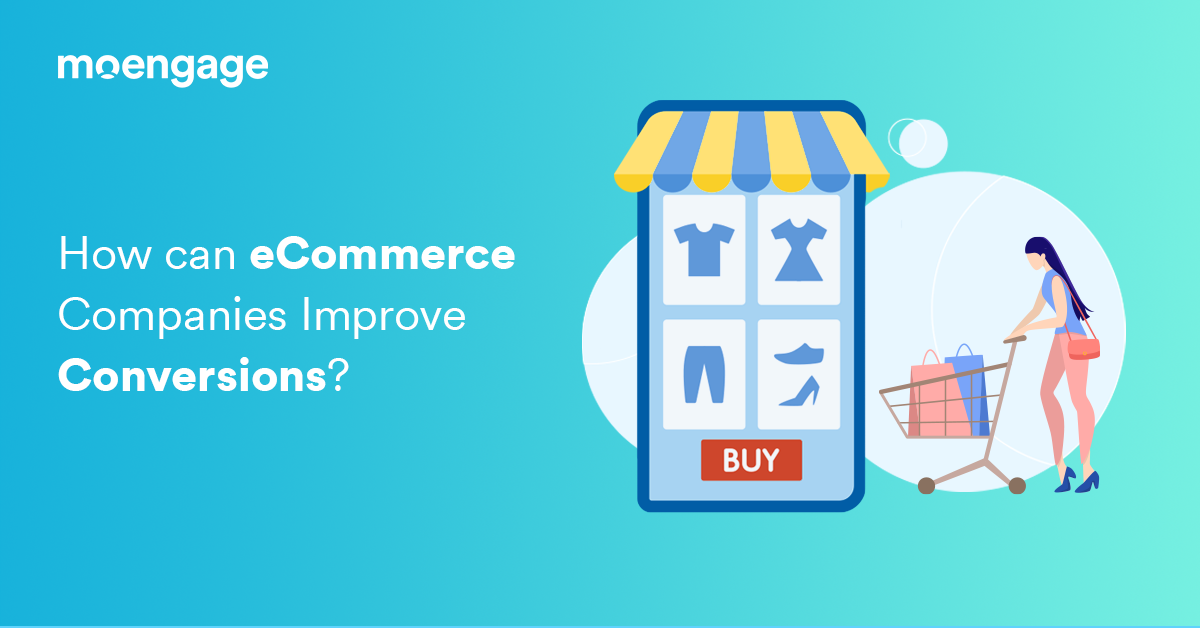
Reading Time: 8 minutes
Making customers the center of your marketing and personalizing their experiences are critical to acquiring and retaining customers. This boils down to implementing omnichannel marketing strategies and optimizing performance across all channels.
However, most brands limit themselves to online or offline media, with the former being the more prevalent. Your customers are present on both media, and ignoring one means you’re missing out on potential customer engagement opportunities.
It’s crucial to integrate your online and offline marketing strategies. By doing so, you can create a unified experience for your consumers regardless of how they interact with your brand. It further provides you with a significant competitive edge, which is critical in this vying marketplace.
Let’s talk about how E-commerce consumer behavior changed in 2021 and how brands can leverage online-offline integrations to optimize their sales funnels and drive better conversions.
How have customer expectations changed in 2022?
The pandemic didn’t turn out to be that horrid for E-commerce businesses. Worldwide lockdowns and the shutting down of most brick-and-mortar stores accelerated the growth of e-commerce consumers in 2020.
The trend will continue through 2022. The global E-commerce revenue is projected to surge from $4.921 trillion in 2021 to $6.54 trillion in 2022. The frequency of shopping online has also increased, as 75 percent of consumers shop online at least once a month.
While the E-commerce sector has shown impressive growth over the past two years, it isn’t the same anymore. The pandemic has left an irreversible impact on customer behavior and shopping preferences.
Three significant changes have occurred in customer behavior:
1. Trust Has Become Critical
Earlier, e-commerce was a road less traveled for brands. Consumers had to choose between a few brands, which was easy. Now, the online retail space is more crowded than physical retail. Thousands of e-commerce brands are battling for customers’ attention, making it difficult for customers to decide who to trust.
2. Product Quality Is the Key to Trust
Now that we’ve established that trust is crucial for brands, the question is, how do you create it? How can you make your customers trust you? Several factors affect confidence. These include product quality, customer service, and social responsibility.
3. Best-In-Class Communication
How you communicate with your customers primarily impacts how they perceive your brand. By streamlining your communications across various channels, you can instill trust and credibility into the minds of your customers. This means all your marketing communications should be synchronized and provide a consistent and unified experience.
Impact on various E-commerce sectors
Almost all sectors have witnessed a surge, but the level of impact isn’t the same for all. For instance, the consumer electronics sector has exploded. As consumers spend more time at home, there’s a rise in demand for consumer electronics.
Fashion and luxury brands have also witnessed a boom as more consumers shop online for clothes and fashion products. The automotive industry, too, has registered substantial growth, especially in automotive B2B.
And, of course, there’s been a spike in demand for medications, groceries, personal care products, and household supplies.
On the other hand, the travel and hospitality sector has seen a significant downtrend. Travel restrictions imposed by countries worldwide have adversely affected the travel sector. Bookings for airlines and hotels have declined. But as things seem normal, the tourism and hospitality sectors can also expect a boost.
How can E-commerce brands adapt?
Now, how can brands respond to these changes in customer behavior? As discussed, brands need to win their consumers’ trust. You can ensure superior product quality and streamline your marketing communications.
Of these, marketing communications are more crucial, as they’ll determine whether consumers engage with your brand or not. Therefore, brands must adopt a customer-centric omnichannel marketing mindset to provide a seamless experience across all touchpoints. These include online touchpoints (website, social media, ads) and offline touchpoints (physical stores, brochures, flyers).
How to plan online and offline customer touchpoints
Identifying key customer touchpoints is the first step in implementing an omnichannel marketing approach. List out potential online and offline touchpoints in your customers’ journey.
Some common online touchpoints are:
- Social media
- Marketing content
- Website
- Online ads
- Product catalogs
- Marketing emails
- Product reviews
- Customer loyalty programs
Similarly, here are some common offline touchpoints:
- Offline advertising (TV, print, mail)
- Store locations
- Direct sales
- Community involvement
It is important to note that every customer is different, and so is their purchase journey. Hence, your brand’s touchpoints can differ from that of your competitor. Understanding your customer journeys and identifying the most critical touchpoints is essential.
Optimize customer journeys across touchpoints
Brands often make a common mistake. They identify the key touchpoints and focus on implementing and improving them in silos. This could lead to a poor customer experience. Often, individual touchpoints perform well, even if the overall experience is lacking.
For example, a consumer who visits your website might sign up for your email list, which is a good outcome. But they may not be satisfied with the experience they get through email and end up not purchasing from you. Your touchpoint (website) performed well here, but the overall customer experience wasn’t good.
Customers assess a brand’s experience through end-to-end experiences instead of touchpoints. Thus, it would help if you optimized the entire customer journey by enhancing and integrating all touchpoints instead of improving individual touchpoints.
Sephora, a cosmetics and skincare brand, is an excellent example of omnichannel marketing. They use location-based marketing using beacons to send in-app notifications to consumers inside the store. When they exit the store, they receive personalized emails and notifications from Sephora.
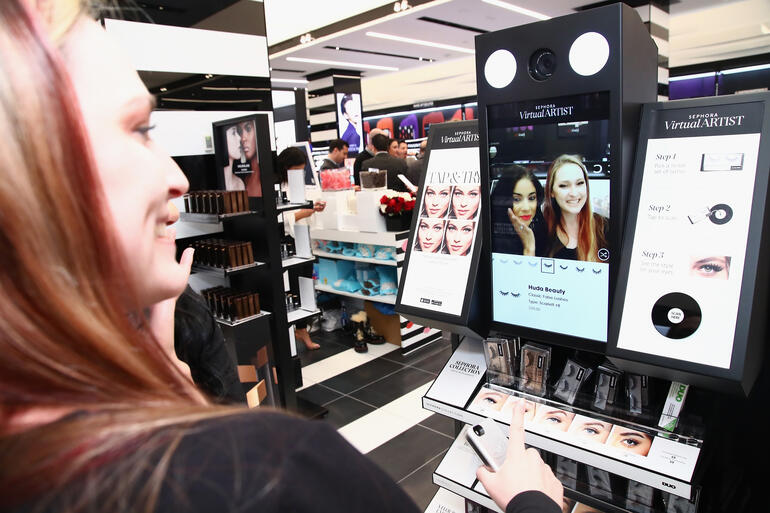
Online-Offline Marketing Integration: the key to increased conversions
Integrating your online and offline marketing is the most effective way to optimize your customer journey across all touchpoints. Follow these tips to unleash the potential of online-offline marketing integration and drive more conversions.
1. Offline to the website, social media, and email
Several brands use online marketing to promote offline products. You must’ve seen food outlets like Pizza Hut and Starbucks promoting their products online. Similarly, you can associate your offline promotions with online calls to action.
QR codes are a great way to bridge the online-offline gap. You can create a QR code and put it up on your offline marketing materials, like billboards, brochures, flyers, and newspaper ads. You can link these codes to any URL.
For instance, if you’re advertising a product, you can put a QR code on the advertisement and link it to its product page on your website. Similarly, you can link QR codes to your social media profiles, email sign-up forms, contact information, feedback forms, etc.
Furthermore, QR codes are versatile and can be used anywhere. You can include them in marketing materials, product packaging, TV ads, and even inside your store and on your products.
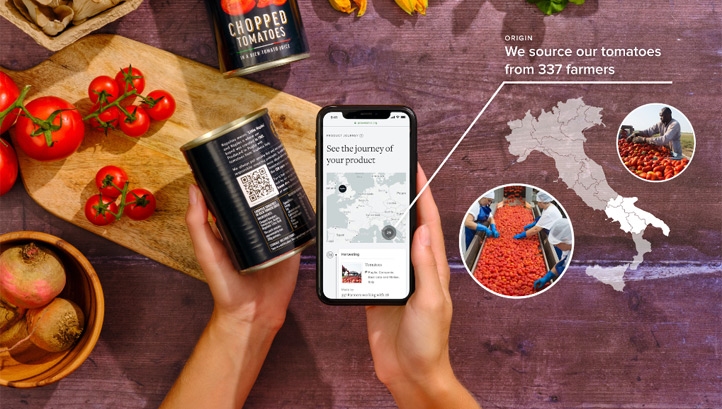
2. Combine online and offline data
If you’re selling through both online and offline channels, the chances are that you’re collecting data from both media. You can combine the online and offline data to understand your customers better and create more accurate personas.
For instance, you can leverage location analytics to find cities or areas where you get the most online traffic. You can build an offline presence in these areas. Similarly, you can identify which products customers purchase the most from your store and promote those products online.
Also, you can leverage QR codes to understand your customers better. QR codes are highly trackable. When they’re scanned, you can get insights like the location of the scan and the device used. You can use this information to run device-specific or location-specific marketing campaigns.
3. Cross-promotion: use one to promote another
Instead of isolating your online and offline marketing channels, use them in sync. You can use online media to promote offline products and vice versa.
For example, suppose you’re launching a new product and increasing awareness; you’re hosting an offline event where consumers can try your product for free. Restaurants and food and beverage businesses often do it to give consumers a taste of their new products. With this in mind, you can promote your restaurant photos or food images online to drive consumers to visit your physical location.
You can share this news with your social media followers and encourage them to visit your store. This can go a long way in increasing event participation and overall customer engagement.
4. Ensure brand consistency
Lastly, ensure that there’s synergy across your online and offline marketing. Most brands confuse omnichannel marketing with multichannel marketing.
Multichannel marketing means selling across multiple channels, which could be either online-only, offline-only, or both. Omnichannel marketing means selling on various channels while providing consistent experiences.
For example, if you have a physical store and an E-commerce site, your website should be an extension of your store. Customers should be able to shop for products at the same price in the store that they found on your site.
How to optimize the customer funnel to improve conversions
Funnel optimization is another critical component of omnichannel marketing. Most customers coming across your brand will be in an awareness stage. If you want to push them seamlessly through the consideration and decision stages, you’ll need an efficient, hassle-free funnel.
Follow these tips to optimize your customer funnel to get more conversions.
1. Personalize touchpoints
Personalization is more than just a buzzword dominating the marketing space. It’s become the essence of modern-day marketing. 71 percent of customers disapprove of a brand that provides impersonal experiences (source).
By leveraging techniques like deep segmentation, you can deliver product recommendations and dynamic offers to specific customers based on their interests, location, etc. This way, you can take marketing personalization to a whole new level.
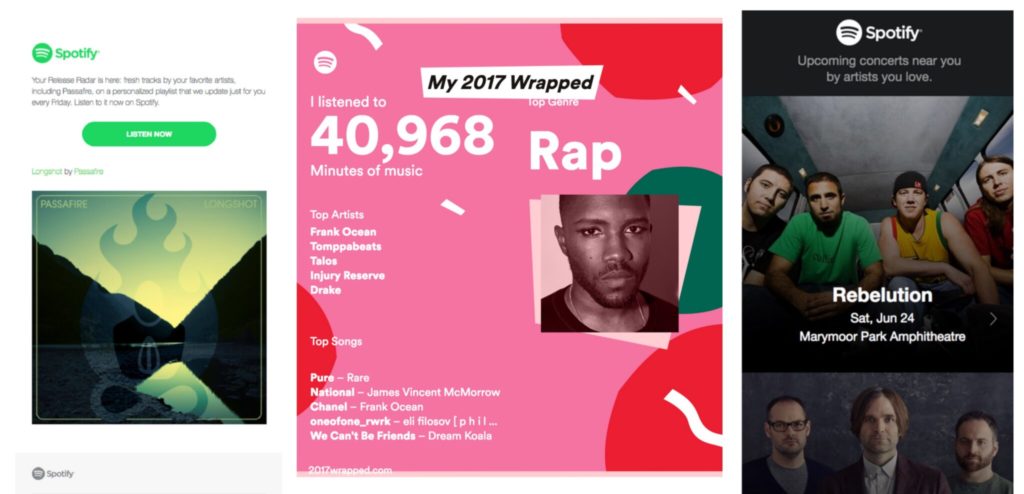
2. Automate workflows
Running an E-commerce store without personalization is no different from running a physical store without staff. It’s essential to implement automated workflows based on customer behavior.
For example, you can use chatbots to automate communication. If a visitor spends a few minutes on your site, the chatbot should send them a message asking if they need help. Similarly, if a visitor signs up for your email list, your email system should automatically send them a welcome email.
3. Implement conversion rate optimization across touchpoints
So, consumers are engaging with your brand but not completing a purchase. If you’re experiencing the same hurdle, you’re not alone. Only 1.84-3.71 percent of consumers visiting your E-commerce site will make a purchase.
While E-commerce conversion rates are generally low, you can improve them by implementing conversion rate optimization (CRO) tactics. If consumers are coming to the product landing page but not buying, maybe the product description isn’t as catchy. In this case, it would be great to use a product description generator to create appealing and accurate descriptions for your products. Or perhaps the call to action (CTA) isn’t clear. Or maybe the checkout process is tedious and confusing.
By optimizing these points, you can dramatically increase your E-commerce conversion rates.
4. Build brand equity to improve trust
As mentioned, most consumers across your brand are in the awareness stage. They have a problem, and they’re looking for solutions. And you’re just one of many brands they’ll find online. You’ll need to stand out to grab the consumers’ attention.
Increasing your brand equity is the most effective way to set yourself apart and look more trustworthy and credible. You can increase brand equity and awareness by creating educational content and engaging your audience on social media.
5. Offer effortless onboarding experience
Lastly, offer a seamless onboarding experience to your customers. Research shows that 63 percent of consumers consider a company’s onboarding program when buying.
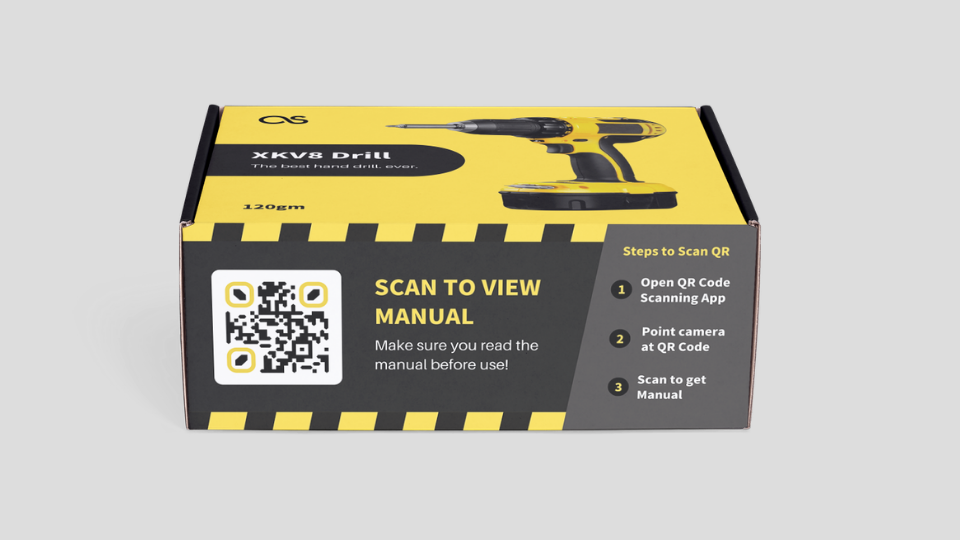
First, make it easier to buy. The checkout process needs to be straightforward. Use easy-to-understand and simple invoices or cash receipts to prevent any misinterpretations. Avoid asking for too many details and let the customer finish the purchase as soon as possible. Same way, make your email sign-up form short. Don’t ask for anything more than the name and email address.
Conclusion
Consumer behavior is constantly changing, and brands need to adapt accordingly. The previous two years have substantially impacted the E-commerce sector, with consumers becoming more selective and thoughtful.
Brands can capitalize upon this trend by implementing omnichannel marketing strategies and integrating their online and offline marketing techniques.







